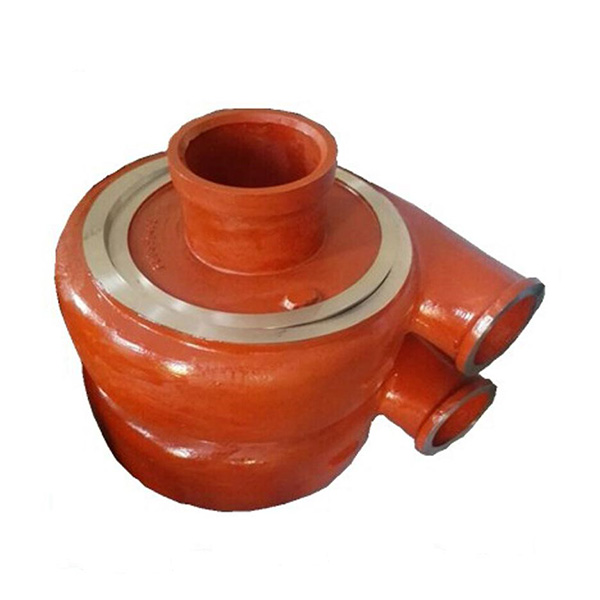Mobile:+86-311-808-126-83
Email:info@ydcastings.com
aluminum die casting
Aluminum Die Casting A Comprehensive Overview
Aluminum die casting is a manufacturing process that involves pouring molten aluminum into a mold to create precise and complex metal parts. This method is widely used across various industries, including automotive, aerospace, electronics, and consumer products, due to its ability to produce high-quality components with excellent dimensional accuracy and surface finish. In this article, we will explore the advantages, processes, applications, and future trends of aluminum die casting.
Advantages of Aluminum Die Casting
One of the primary benefits of aluminum die casting is its versatility. Aluminum is lightweight yet possesses high strength, making it an ideal material for parts requiring durability without significant weight. The die casting process allows for intricate geometries and detailed designs, which are often challenging to achieve with other manufacturing methods such as machining or forging.
Another significant advantage is the high production efficiency it offers. Once the initial die is created, the cycle time for producing parts is relatively short, leading to increased output and reduced per-unit costs. This efficiency makes aluminum die casting particularly attractive for mass production, where large quantities of uniform parts are required.
Additionally, aluminum die casting provides excellent surface finish and detail, reducing the need for secondary operations like machining or polishing. Parts produced through this process have smooth surfaces and fine details, which contribute to improved aesthetics and functionality in the final products.
The Die Casting Process
The aluminum die casting process can be broken down into several key steps
1. Mold Creation The first step involves creating a mold, typically made of steel, that represents the exact shape of the final part. This mold is designed to withstand high temperatures and pressures, ensuring it can handle the molten aluminum without deformation.
2. Melting Aluminum Aluminum is heated in a furnace until it reaches a liquid state, usually around 660 degrees Celsius (1220 degrees Fahrenheit). The molten aluminum must be handled carefully to avoid contamination.
3. Injection of Molten Metal The molten aluminum is then injected into the mold at high pressure using a hydraulic piston. This rapid injection ensures that the mold is filled completely and minimizes the chances of air pockets or defects.
aluminum die casting

4. Cooling and Solidification Once the mold is filled, the molten aluminum cools and solidifies. The cooling time varies based on the thickness of the part and the complexity of the mold.
5. Ejection After solidification, the die is opened, and the finished part is ejected. Finally, any excess metal, known as flash, is trimmed away, and the part is inspected for quality.
Applications of Aluminum Die Casting
Aluminum die casting finds applications in numerous industries. In the automotive sector, it is commonly used to produce engine blocks, transmission housings, and other critical components that require high strength and lightweight characteristics. The aerospace industry relies on aluminum die casting for parts such as brackets, housings, and other components that contribute to overall weight reduction and fuel efficiency.
In the electronics sector, aluminum die casting is used to create enclosures for devices, heat sinks, and other parts that require heat dissipation. Furthermore, consumer products, such as kitchen appliances and furniture, benefit from the aesthetic appeal and durability of aluminum die-cast components.
Future Trends in Aluminum Die Casting
As industries continue to demand lightweight, strong, and cost-effective components, the future of aluminum die casting looks promising. Innovations in mold design and die casting technology, such as the integration of automation and advanced software for mold flow analysis, are improving efficiency and reducing lead times.
Sustainability is also becoming a key concern. The aluminum die casting industry is exploring ways to reduce waste and increase recycling rates, making the process more environmentally friendly. Moreover, with the growing emphasis on electric vehicles and energy-efficient products, the demand for lightweight aluminum parts is expected to rise significantly.
Conclusion
Aluminum die casting is a vital manufacturing process that offers numerous advantages, making it ideal for various applications across multiple industries. With ongoing technological advancements and a focus on sustainability, aluminum die casting is set to play an even more significant role in meeting the demands of modern manufacturing. As industries continue to evolve, this versatile process will remain a cornerstone of production, enabling the creation of innovative and efficient products.
-
Understanding Metal Casting TechniquesNewsApr.02,2025
-
Understanding Exhaust Manifolds for Enhanced Engine PerformanceNewsApr.02,2025
-
The World of Metal FabricationNewsApr.02,2025
-
Key Components for Pump and Turbo EfficiencyNewsApr.02,2025
-
Essential Tools for Automotive Maintenance and RepairNewsApr.02,2025
-
Durable Valve Components for Effective Water ManagementNewsApr.02,2025











